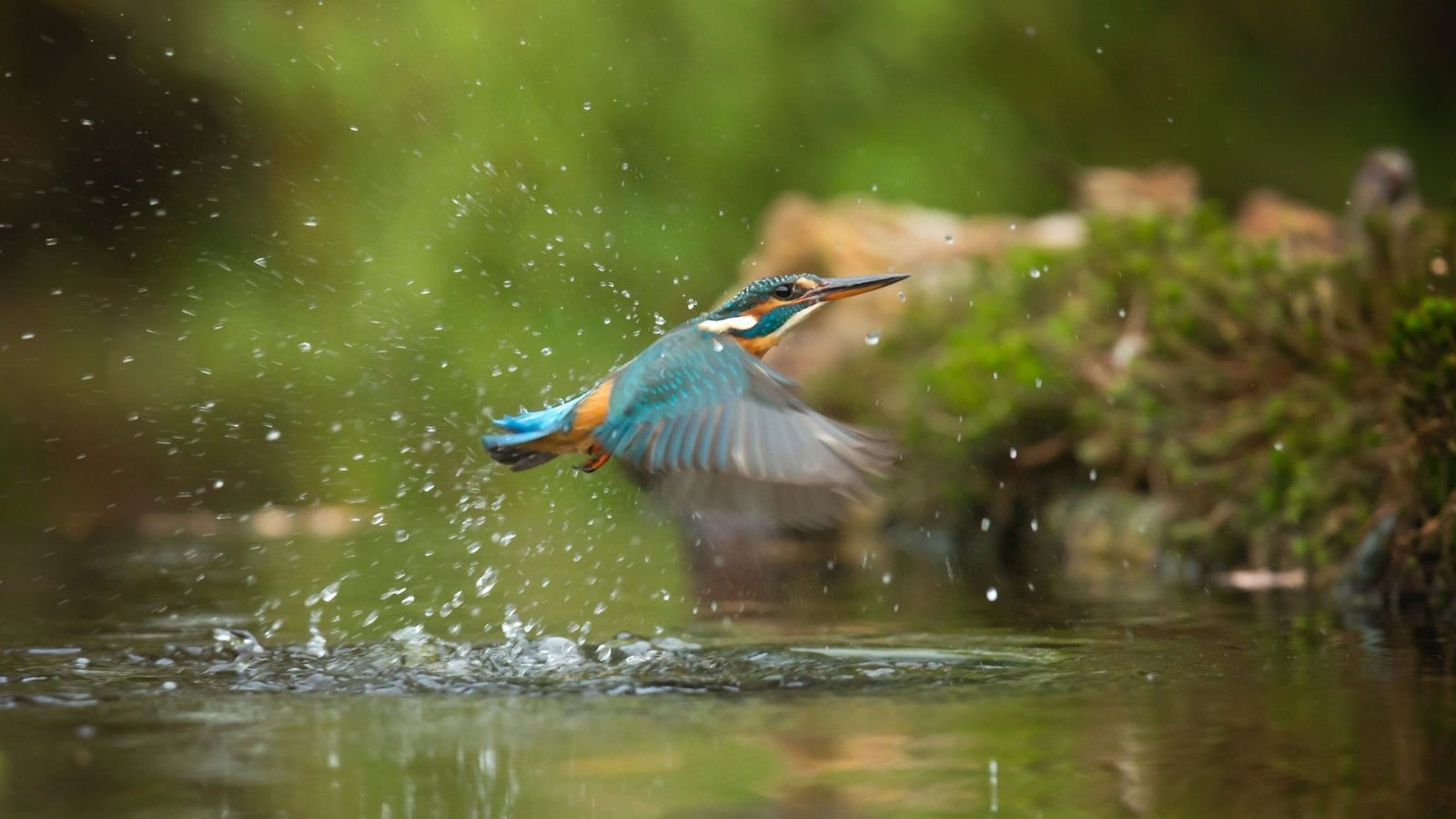Editing wildlife photos involves enhancing the natural beauty of your images while maintaining the authenticity of the subject and environment. Proper editing can transform a good photo into a stunning one that captures the viewer’s attention. Here’s a guide on how to edit wildlife photos for maximum impact.

Start with the Basics: Cropping and Straightening
Crop for Composition: Adjust the crop to improve the composition of your wildlife photo. Remove any distracting elements and focus on the main subject. Use the rule of thirds to position the animal or focal point off-center for a more dynamic image.
Straighten the Horizon: Ensure that the horizon line is level. A crooked horizon can be distracting and undermine the overall quality of the photo. Use the straighten tool in your editing software to correct any tilts.
Enhance Details and Sharpness
Adjust Clarity: Increase the clarity to enhance the details and textures of the animal’s fur, feathers, or skin. Be careful not to overdo it, as excessive clarity can create unnatural artifacts.
Sharpen the Image: Apply sharpening to make the subject stand out. Focus on enhancing the fine details without introducing noise. Use local adjustments to sharpen only specific areas, such as the eyes or fur.
Correct Exposure and Color
Adjust Exposure: Fine-tune the exposure to ensure that the photo is neither too bright nor too dark. Use the exposure slider to balance the light and reveal details in both highlights and shadows.
Modify White Balance: Correct the white balance to ensure that the colors in your photo appear natural. Adjust the temperature and tint sliders to correct any color casts and to match the scene’s true colors.
Boost Vibrancy and Saturation: Increase the vibrancy to make the colors pop without affecting the skin tones of the wildlife. Be cautious with saturation as too much can make the colors look unrealistic.
Enhance the Background
Blur the Background: Use a slight blur to emphasize the subject and separate it from the background. This technique, known as depth of field enhancement, helps to draw attention to the animal while reducing distractions.
Dodge and Burn: Apply dodge (lightening) and burn (darkening) techniques to selectively adjust the brightness and contrast of different areas in the background. This can help to highlight the subject and create a more balanced composition.
Remove Distractions
Clone or Heal: Use the clone or healing tool to remove any unwanted elements or distractions from the image. This could include twigs, stray leaves, or other imperfections that detract from the main subject.
Adjust Noise Levels: Reduce noise that may have been introduced by high ISO settings or other factors. Use noise reduction tools to clean up the image while preserving important details.
Add a Final Touch
Apply Filters Sparingly: Use filters to enhance the mood or atmosphere of the photo. Filters should be applied sparingly to avoid overpowering the natural look of the wildlife image.
Check for Consistency: Ensure that the edited photo maintains consistency with the original scene. The edits should enhance the image without altering the natural behavior or environment of the wildlife.
Conclusion
Editing wildlife photos effectively requires a balance between enhancing the image and preserving its natural essence. By focusing on composition, details, exposure, color correction, background enhancement, and removing distractions, you can create powerful images that captivate and inspire. With practice and attention to detail, your wildlife photos can truly stand out and convey the beauty of the natural world.








